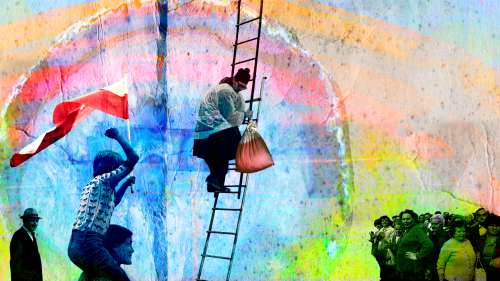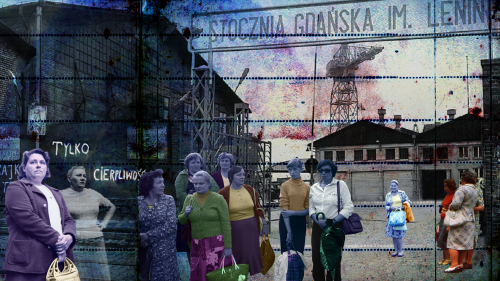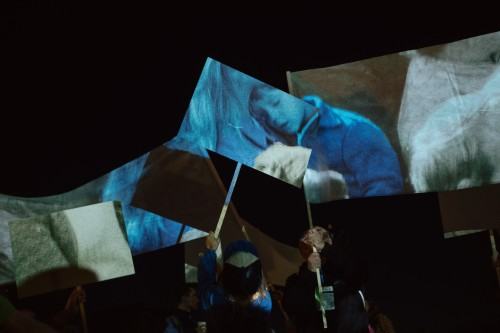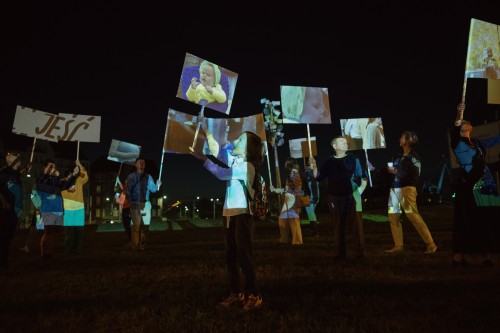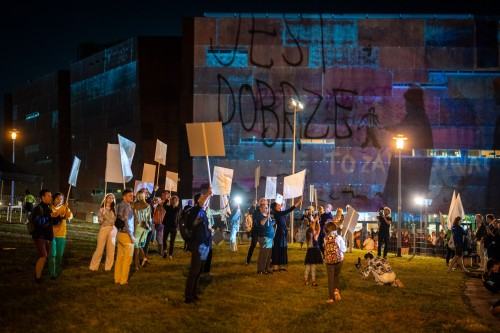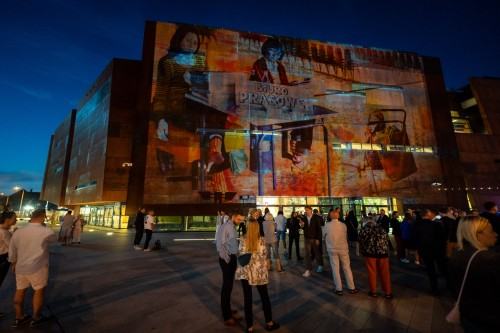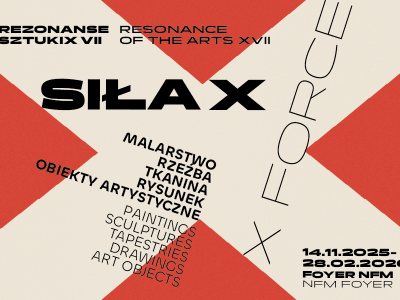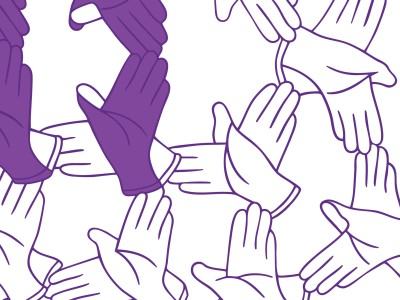Coming back to a carrier bag performative video art with artist Robert Sochacki

Veranstaltung, Künstlerhaus, Factory
Wiedeń
Austria
The Carrier Bag metaphor
We have all heard those old masculine stories of heroes with their swords and fights. We know all too good the patriarchal theory of the creation of the world that praises a singular archetype of hero that wins or loses in a conflict or war . Ursula K. Le Guin, however, points out that there is a primal, more genuine creation done by things and stories placed in any type of containers (of narration). Not fighting and killing, but collecting, storing, caring and sharing is the true nature of human beings and a rightful point to start any tale. (Ursula K. Le Guin The carrier bag theory of fiction)
Egalitarianism, rediscovering the concept of the comrade
When we prioritize the sense of belonging and the collective action rather than the individual one, we might go beyond the worn out patriarchal horizon of creating history. One that cherish diversity, coexistence or even co-vision. When we say perceptible, visible instead of individual, special the cishet, capitalist, neoliberal figure of social and political relations might come to an end. Comradeship stands out as a mode of group affiliation in the struggle for common goals. In her book: Comrade: an essay on political belonging, Jodi Dean considers this as an egalitarianism of the comrade. She describes how the hierarchical identifications of gender, race and class is being demolished with a simple gesture: the recognition of equality of the various beings and needs. (Jodi Dean Comrade: An Essay on Political Belonging.)
Existing in various fields, pointing into the future
Based on archival material from the ECS (European Solidarity Centre in Gdansk, Poland), Sochacki has constructed his own narrative of the 21 postulates of the workers' struggle for freedom and basic human rights. Mentioned struggle took place in 1980 in communist Eastern Europe, during the strikes at the Gdansk Shipyard (then named after Lenin). Events in Gdansk contributed to political changes across Europe.
In his project, he decide to give attention to the stories of places and people (women, children) that were casually omitted in the official records. Unnoticed in the stories of heroic struggles those beings were excluded from the participation in those tales; hence the title of the projection project: Existing in various fields, pointing into the future.
Coming back to a carrier bag, or how to play with many equally important stories instead of just one heroic tale.
During the performance, the focus will be on processes that follow the stages of the creation of the artwork: from various sketching elements, through the collage and composition, to the installation in the real public space. Sochacki will present a conceptual process that relates to his artistic research that includes set design, video art and live video performances, as well as large-scale outdoor projections.
Shared experience
There are many common threads in the history of the Gdansk’ comrades struggles and the spheres of personal, social and political significance today. We are now experiencing the effects of invisible togetherness and the deeds that are counter-narrative to the heteropatriarchy in a scale never seen before. We are at the same time experiencing a life in a multi-crises world.
During the process of working upon a storyline for the project - during the process of picking up and putting items into a ‚carrier bag’ we may notice to which parts we are paying attention. Who and what are we making visible for our own perception, where to we tie a knot of the comradeship. The ‘old’ slogans updated to today's realities become disturbingly present and fascinating. During the event the artist would like to invite audience into some reflection upon them.
Robert Sochacki, born in Gdansk (1971), currently lives and works in Wroclaw, where he teaches (PhD) at the Faculties of Media Art and Stage Design at the Academy of Fine Arts and Design. From 2015-2025 he was an assistant professor at the Academy of Fine Arts in Gdansk. During his doctoral studies, he began to study the interrelationship and the intertwining of the perspectives of light, the viewer and space. In his artistic explorations, Sochacki focuses on conscious dialogue with the audience. He translates his knowledge and experience into teaching workshops conducted in various academic centers, not only in Europe. For the past 30 years, he has been exhibiting and implementing his projects in public spaces in Europe, Africa and South America. Since 2018, he is the initiator and main coordinator of the International Conference, Exhibition and Workshop “Light as a Creative Tool”. Co-founder of the noks collective, recipient of several cultural grants, including a scholarship from the Minister of Culture and National Heritage (2022, 2006) and the Minister of Science for outstanding young scientists (2024).
The main area of my artwork research is building a relationship between equally subjective space users: human and non-human beings. The essence of this practice is in the quotation „We are in this together” by philosopher Rosi Braidotti.
I look for mechanisms that describe the theoretical background and processes of the artwork. I try to combine concepts and ideas from different fields of humanities and art that are relevant to the core idea of the artwork and its understanding.
The theoretical concepts and research fields that are constantly present in my creative process are: the physical space,the collectiveness and co-authorship, the challenges of public space exhibiting policies, new media and light art, the actor-network theory and post-humanism. An important part is also the attitude toward a viewer that becomes an active user.

